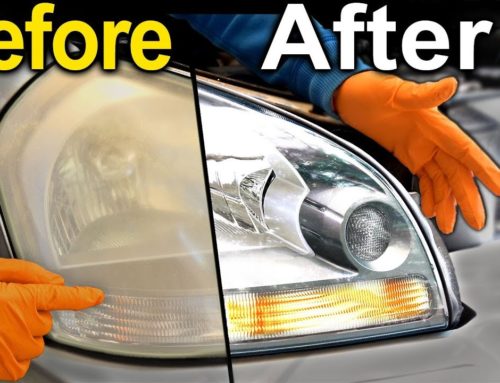Maintaining the radiator in normal conditions is essential for efficient car performance. It can help you a lot in avoiding highly expensive and costly engine damages. The main cause of engine damage is the overheating of the engines.
The detailed process of changing a radiator is mentioned ahead in detail.
Draining the cooling system:
For draining the cooling system, you have to take off the radiators cap, make sure your engine is completely cold down when you are removing the radiators cap. These releases pressure from the cooling system and help a lot in preventing vacuum lock.
Pull the hoses of the radiator. If you hear the crushing sound it clarifies that you have a rusty cooling system. The system needs to suffuse before inserting a new coolant. Place a sprinkle pan below the petcock. It keeps all the coolant drained from the vehicle.
Also visit: Melbourne Car Wreckers
Besides damaging the environment, it is also very harmful to humans and animals because it is highly toxic. It has a sweet taste and sweet smell which makes it alluring to children and animals. If the children and pets ever interact with that in any way it’s like they will commit suicide.
You can use your hand to open up the valve. By opening the valve, it allows the coolant to flow out and drain into the tray. After that go for flushing the radiator. If the rest of the radiator seems dirty then coolant removing is the best option.
After you flush the radiator thoroughly, go for recycling all the captured liquid. The liquid that is already flushed also contains some coolant content. These liquids are very dangerous for ground as they cause infertility of the soil thus, we need to recycle them again.
Also visit: Car Wreckers in Melbourne
Disconnecting the radiator:
In order to remove the radiator, you first need to loosen the upper and lower house of the radiator and also that connects the radiator to the reservoir. The process of losing the hose can be carried out by a screw clamp.
After removing the hose disconnect the transmission line. Some cars have constructed transmission fluid coolant build in their radiators. If the metal substance touches the radiator, they need to be removed with the help of the screwdriver. You should divide it into two lines.
Carefully take care of the liquids which leak when you disconnect those lines. There will be a set of lines passing to the radiator from downwards direction, try not to kick them. The transmission fluid is highly toxic thus it should be clearly disposed of.
After that go for removing all the electrical connections that go into the radiator. Carefully remove the motor of the fan. This mainly is the only connection to electricity in the radiator. Go for disconnecting the air conditioner’s condenser.
That’s connected to the radiator in many cases. Also, remove condenser connecting walls with the help of the screw wrench allowing the condenser to keep the refrigerant close. Those connecting walls are normally connected to the top of the radiator you would not to unbound any lines to reach them.
As soon as you disconnect the condenser then go for removing the brackets. The connecting of the radiator with cars is in such a way that there are brackets around them and the radiator lies on a rubber pad. Make sure everything that connects the radiator to the car is clearly removed. Then remove the radiator carefully.
Putting new radiator:
When you remove the radiator look carefully into the system to observe if there is anything that needs to be changed in the system. Connect all parts to the new radiator that were removed from the old one. Then go for installing the new radiator. It simply fits into the exact space where the old radiator was. Try not to bend the finds or else you would need to re-straighten them to make the proper cooling.
After fitting the radiator back into space go for connecting mounting brackets of the radiator. Tighten them with the help of a screw. After that attach the condenser of the air conditioner back into the system. Also, reconnect the electricity and motor fan to the radiator.




